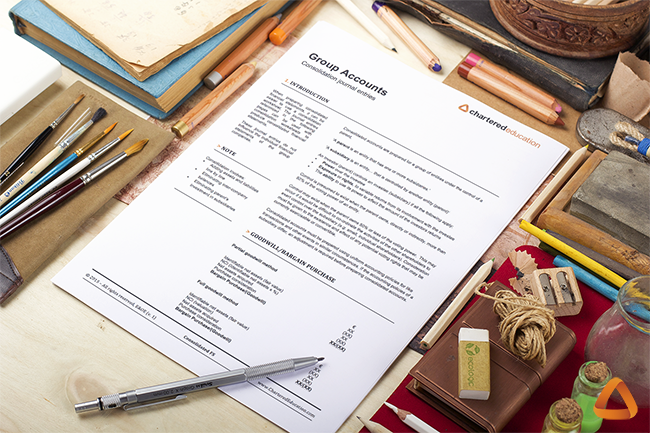In this article we’re going to take a look at the disclosure requirements for IAS 33 Earnings per Share.
IFRS
4 Steps to Follow for Fixed Price Construction Contracts in IAS 11
If the contract is a fixed price and is expected to make a profit; the steps to follow for IAS 11 are as follows:
4 steps to account for loss making contracts for IAS 11
When you’re studying IAS 11 Construction Contracts, if a loss is expected on the contract, the entire loss should be recognised immediately in the income statement. This is an application of the prudence concept under which anticipated losses are recognised immediately in the income statement.
This is also consistent with the terms of IAS 37 Provisions, Contingent Liabilities and Contingent Assets which requires losses on onerous contracts to be expensed in the period they become probable.
If the stage of completion method is calculated using the cost method, the cost incurred to date is recognised as the contract cost. Also recognise the entire net loss immediately in the income statement. Revenue is then calculated as the difference between the costs incurred and net loss.
If the stage of completion is calculated using the sales basis or physical proportions basis, the revenue is recognised to the work certified as complete. The entire net loss should be recognised immediately and the contract cost is calculated as the difference between revenue and the net loss.
Once this takes place, in the following periods the contract costs and revenue should be the same. This means no further profit or loss will be recorded, so long as estimates remain the same.
Step 1 – Calculate expected loss on contract
Compare the total expected contract costs against the contract value. This will give you an estimate of the expected loss which must be recognised in the period.
Step 2 – Calculate the stage of completion
4 Things to Know About the Conceptual Framework for IFRS
1. What is Generally Accepted Accounting Principles or GAAP?
When an entity prepares financial statements it refers to a number of places for guidance on the correct method to prepare and present these statements.
Guide to Consolidation Journal Entries – Back by Popular Demand
Following feedback, we’ve decided to make our Guide to Consolidation Journal Entries available again.
The Objective of General Purpose Financial Statements under IFRS
What is the objective of general-purpose financial statements?
The objective of financial statements is to provide information about the
What you need to know about Inventories for IAS 2
What are Inventories?
IAS 2 Inventories is the accounting standard governing the recognition, measurement and disclosures for inventories.
Inventories are assets:
- held for sale in the normal course of business. (e.g. a retailer will hold stock, a manufacturer will hold finished goods)
- in the process of production for sale (e.g. work in progress)
- materials or supplies to be used in the production process (e.g. raw materials)
Employment Benefits: Other Long Term Benefits under IAS 19
Long term benefits
Other long-term employee benefits that could arise include long-term disability payments, anniversary payments or bonus payments which are payable greater than 12 months after the period end.
Segment Reporting: Thresholds and Measurement for IFRS 8
Thresholds of Reportable Segments
An entity must report separately information about an operating segment that meets any of the following quantitative thresholds:
Introduction to Employee Benefits under IAS 19
When a company hires staff, the employee provides services to the employer in the form of work. In this article we’ll also take a quick look at some of the journal entries you should be aware of.









